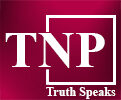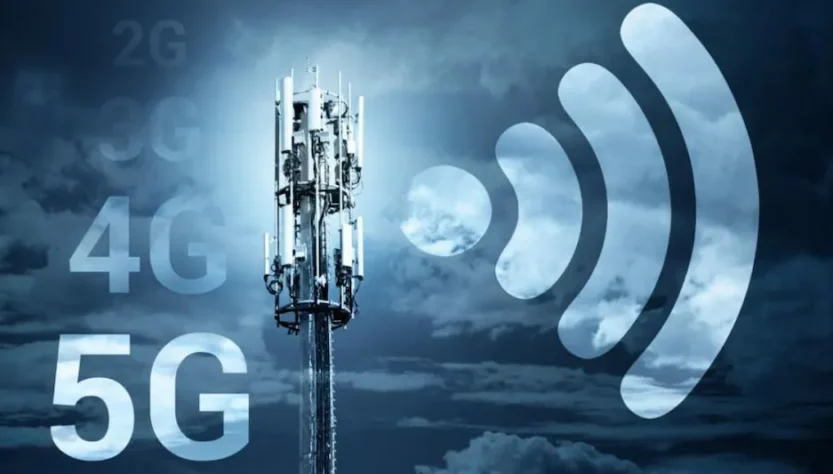5G is the next generation of cellular phone connection after 4G. It does the same basic things that 4G did that is lets you talk and connects you to the internet.
The reason why we need is simple, SPEED. The new data-sharing network that defines so many technical applications would be almost impossible without 5G. Because it transmits data more efficiently, 5G has the potential to be 40 times faster and suffer shorter lag times than the current 4G standard.
5G promises to deliver higher data rates and low latency. Before talking further about 5G lets first learn the above-mentioned terms that is Data rate and latency and why do we need latency to reduce.
Why do we need latency to be reduced?
Latency itself is defined as the total time for data transfer that’s is the time taken for a data packet to travel a round trip.
It can be visualized as more data transfer in less time. The Bandwidth of 5G is expected to be more than the now present 4G technology. This will be one key factor to decrease the latency.
Next question we need to ask is, what is bandwidth and why do we want more band width?
bandwidth is the maximum rate of data transfer across a given path. So, more bandwidth means more data can be transferred through the channel per second. This is the reason new communication technology tries to improve its bandwidth factor.
What is Data rate or bit rate?
In telecommunications and computing, bit rate is the number of bits that are conveyed or processed per unit of time. So, a system with high bit rate means more Speed and less delay in transfer of data per second.
5G shows a promising outcome in terms of development in fields like IOT, Real time holograms, Edge computing, cloud computation. All these fields need high bandwidth, low latency and high speed of data transfer. 5G provide all these qualities.
How fast is 5G?
The speed of 10Gbps can be expected to be achieved by 5G but this is theoretical. This means that you can download 100Gb of data in around 10 seconds!!!
What makes 5G faster?
Technologies like OFDMA, MU-MIMO, MM wave, Beamforming, higher order QAM, FES and polar codes help in increasing the speed to next level.
Now lets discuss these topics one by one.
MU-MIMO
One thing we engineers love is creating huge abbreviation which makes people go crazy. On such abbreviation is Multiuser Multiple Input Multiple Output (MU-MIMO).
This can be explained as using multiple small antennas in an array and processing each antennas input using a high-speed signal processor to get an output. In traditional communication, we use one antenna to transmit and receive.
5G introduces technologies like MU-MIMO in the antenna setup which promises to increase the efficiency of the system while transferring and receiving huge amount of data.
5G technology also steps into a new band of frequencies known as Millimeter Wave.
Millimeter wave Tech
An existing feature of 5G will be the exploration of millimetre wave technology in real day life.
Millimetre wave consist all the frequencies between 30 to 300 GHz. The frequencies that will be used in 5G will be 24 – 86 GHz. This falls under the frequencies of K, Ka and V band. The main area of research is the V-band.
The next question that arises is:
Why V-band? Its Advantages and drawbacks?
The V band is a standard designation by the IEEE for a band of frequencies in the microwave portion of the electromagnetic spectrum ranging from 40 to 75 gigahertz (GHz).
Advantages of V-band are
- This is a totally unused frequency band. Thus, giving us more bandwidth.
- The increase bandwidth means increase in data transmission speed.
- The use of MU-MIMO antenna can be seen.
- Decrease in size of antenna due to small wavelength of the signal.
Drawback of V-Band
Oxygen excitation frequency falls in this band. So, any information transmitted will have energy loss and information loss because of this characteristic displayed during transmission
There are some other mind-boggling terms that will be discussed now. So, SIT TIGHT.
SOME OTHER TECH: –
that can be seen to achieve the needs of 5G are listed below.
1) Orthogonal Frequency Division Multi access (OFDMA)
This can be explained as diving a two-lane road into a four-lane road without increasing the width of the road. This means multiple people can travel at the same time.
This basically Increases the number of users who can send data at the same time. Thus, reducing delay in transmission of data.
Compromises we will be making is;
the energy consumption is high, and processor used should have high computational power making OFDMA. Only useable for downlink purpose as they have a reliable power source.
2) Beamforming
Rather than transferring the information across a huge area around the antenna the data is stream lined only to the user who is using it.
This basically increases the directivity of antenna.
Now what is directivity?
Directivity can be defined as energy radiated in a direction. An omnidirectional Antenna will have low directivity as energy of signal is equal in all direction.
Beamforming increases the directivity such that the signal emitted will only reach the receiver and not a wide are around the receiver like 4G or 3G.
This reduces the power transmitted and increases privacy.
3) Higher Order QAM
QAM is a digital modulation technique which eyes to improve the bits transferred per Symbol. In layman language, more data can be transferred in one symbol of transmission. Higher order QAM even though increases the bits per symbol, it is prone to noise and needs linearity in processing and transmission which is difficult to achieve.
4) New Forward error correction technique (FEC)
This helps in detection of corrupted data and rectify it. It introduces some redundant data between the signal which is decoded at the receiver side. The receiver with the help of these redundant data finds out weather the data received is correct or corrupted and rectifies it. For long range communication it is seen useful. Various coding techniques are used for insertion or redundant data. FEC is measured in fraction like 3/4, 5/6, 8/9 and so on. For example, 3/4 depict that out of 4 bits transferred 3 bits are data and one bit is the code bit.
For 5G polar code shows promises. The advantages of using polar code is
- It has short code length.
- Shannon Capacity is achieved.
- Outperforms other codes like turbo and low-density parity check codes.
As discussed above 5G promises improvement in various fields. Let’s discuss some of the scope of improvement here.
The whole frequency band going to be used for 5G communication can be divided into two parts:
- Sub 6GHz Frequency
- Mm wave
5G can be operated in two modes
- Standalone mode
- Non-standalone mode
| Standalone mode | Non-Standalone Mode | |
| Advantage | -Simple to manage -Intergeneration handover | -Leverage exists for LTE |
| Disadvantage | -No leverage exists | -Tight internetworking |
The core network can be divided into 2 types: –
- Evolved packet core
- 5GC
IOT and 5G
We have innumerable studies that are trying to quantify and predict the material impact of Fifth Generation (5G) and the Internet of Things (IoT). Some of these focus on the cost aspect and others on the value to society. However, even as these studies are ongoing, it is evident that 5G will spur innovation across many industries and provide a platform enabling emergent technologies such as the IoT to become an integral part of our economy and lifestyle.
5G will enable us to control more devices remotely in applications where real-time network performance is critical, such as remote control of heavy machinery in hazardous environments, thereby improving worker safety, and even remote surgery.
Edge computing and 5G
Recognized by many as the next significant enterprise tech trend after cloud computing, edge computing refers to infrastructure that enables data processing as close to the source as possible. It allows for faster processing of data, reducing latency and improving customer experiences. For some industries, the need for rapid processing extends beyond customer satisfaction. In the case of medical wearables, for instance, a lag in data processing could create a life or death emergency. This type of computing will require closer data centres as well. In fact, IDC predicts that internet providers will add micro-data centres into or nearby 5G towers as a means of creating this access.



